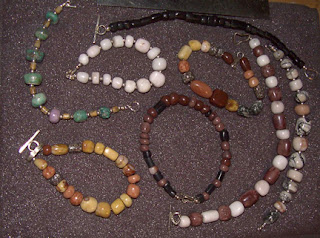This photo presentation concerns the building of a homemade sandblast cabinet. The apparatus is constructed from an old dishwasher housing, which is just about the right size for a good sandblasting cabinet, and which also has a deep well bottom for holding the abrasive medium/sand. You will probably have to plug the bottom, after it is stripped.
The dishwasher housing is mounted on a wood base so that the arms are at a comfortable height above the ground.

The arm holes are cut in the side of the DW housing with a sawzall, or metal cutting jigsaw, and then fitted/lined with 4 inch pvc fittings. The rubber gloves for the inside of the sandblaster are hose clamped to the pvc on the inside. You may be able to salvage gloves with sleeves, and if not, start your search at a safety equipment supply. They should be heavy and entirely rubber coated.
The air is supplied to a spray gun via an air compressor of decent size. The bigger the better, actually. The spray gun has a subsidiary intake which is modified with an extension (flex Pipe/Hose) inserted into the sand reservoir at the bottom of the DW housing, through a hole in the work-surface screen.
A light mounted in the housing is a necessity also. It should be across from the viewport, pointing toward where the work will be. An bare incandescent light bulb will also help to dry the area, which you cannot get enough of anyway, dryness I mean. Dessication and abrasive blasting go hand in hand. The viewport in this cabinet is a piece of plexiglass caulked over a penetration in the dishwasher housing at the edge of the housing just above the arm holes. It is about 4x8" on this rig, but I would have liked it bigger.
The unit is of course closed entirely during operation.
A drying filter in the compressed air line will make life a whole lot easier, and can probably even be used, in some instances, to vary air flow. Notice the intake at the bowl of abrasive is crimped, to limit uptake as well.



































